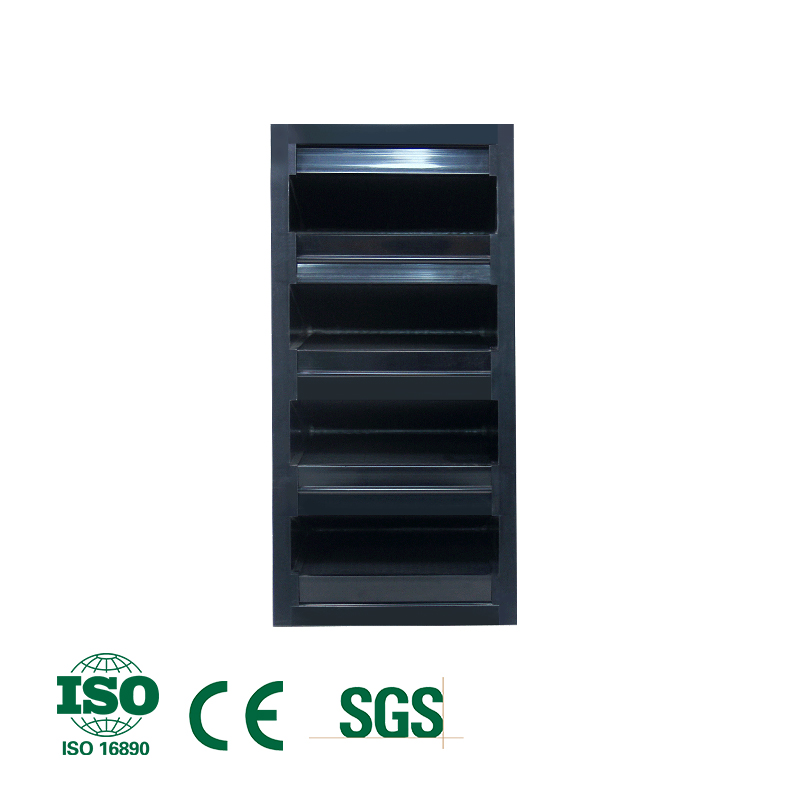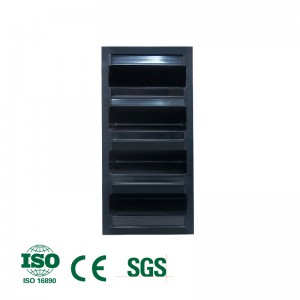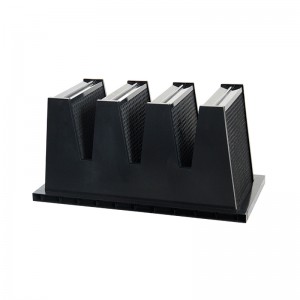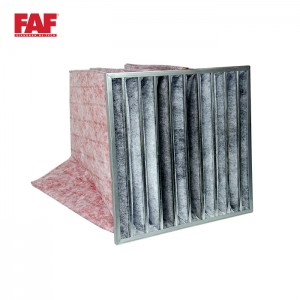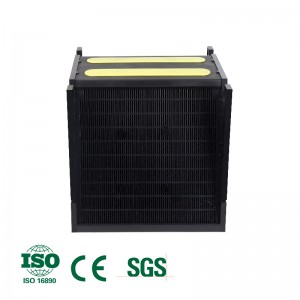FAF Products
V Type Chemical Activated Carbon Air Filters
Product Overview
High chemical media content
Low resistance V-bank design
Deep honeycomb panels
Corrosion-free, non-metal construction
Fully incinerable
Available with media composed of activated carbon, or media composed of a combination of activated alumina impregnated with potassium permanganate, or a blend of both.
Typical Applications
• Commercial Buildings
• Data Centers
• Food and Beverage
• Healthcare
• Hospitality
• Museums & Historic Storage
• Schools and Universities
Removes Common Contaminants
The FafSorb HC filter is designed for the effective removal of common indoor and outdoor gaseous contaminants at high airflows, to help mitigate Indoor Air Quality problems. The FafSorb HC filter is suitable for retrofit into existing HVAC systems and for specification in new construction. It can be used in equipment designed for 12″-deep, single header filters.

Media
Choose from FafCarb media composed of activated carbon, FafOxidant media composed of a combination of activated alumina impregnated with potassium permanganate, or a blend of both. The media is contained in panels with a honeycomb structure. A fine mesh scrim on both sides of the panel retains the media granules in the honeycomb. FafCarb media effectively removes volatile organic compounds (VOCs), jet and diesel fumes, and hydrocarbons. FafOxidant media effectively removes hydrogen sulfide, sulfur oxides, formaldehyde, and nitric oxides.
Filter Depth • 11 1/2" (292 mm)
Media Type • Chemical
Frame Material • Plastic
FAQ
1. What is a chemical air filter?
A chemical air filter is a type of air filter that uses chemicals to remove pollutants from the air. These filters typically use activated carbon or other chemical absorbents to trap and remove impurities from the air.
2. How do chemical air filters work?
Chemical air filters work by attracting and absorbing pollutants through a chemical reaction. For example, activated carbon filters use a process known as adsorption to trap pollutants on the surface of the filter material. When air passes through the filter, impurities are attracted to the surface of the activated carbon and held there by chemical bonds.


